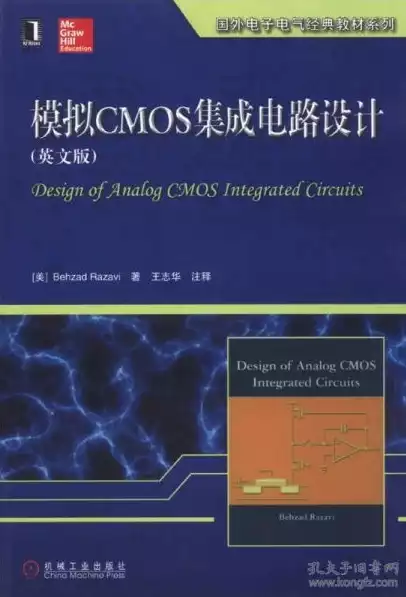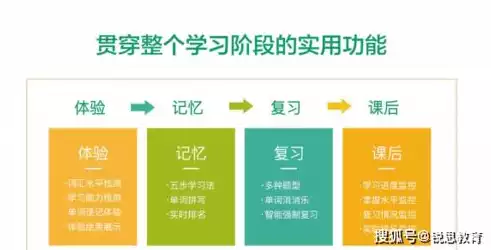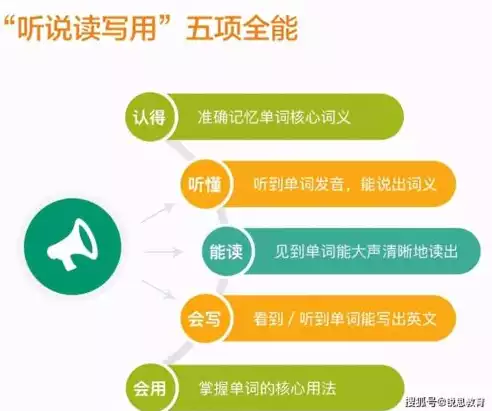持续集成(CI)是通过自动化构建、测试和部署过程来实现的。本文提供了一份全面的指南,包括设置CI环境、编写自动化脚本、配置版本控制以及优化构建过程等关键步骤。通过遵循这些步骤,团队可以确保代码质量,加快软件交付速度。
Content:
Continuous Integration (CI) is a fundamental practice in modern software development that ensures code quality, enhances team collaboration, and accelerates the delivery of software products. This article delves into the intricacies of how continuous integration is implemented, providing a comprehensive guide to help developers and teams streamline their development processes.
Understanding Continuous Integration

图片来源于网络,如有侵权联系删除
Continuous Integration is the process of automatically building, testing, and deploying code changes in a software project. The primary goal of CI is to detect integration issues early and ensure that the codebase remains in a deployable state at all times. By integrating code changes frequently, teams can avoid the "integration hell" that often occurs when changes are accumulated and merged at the last minute.
Key Components of Continuous Integration
To implement continuous integration effectively, several components must be in place:
1、Version Control System (VCS): A VCS, such as Git, is essential for managing source code and tracking changes. It enables developers to commit their code changes, branch for new features, and merge code into the main branch.
2、Build Automation Tools: Tools like Jenkins, GitLab CI/CD, or Travis CI automate the building process. They compile the source code, run tests, and generate reports to identify issues.
3、Automated Testing: Automated tests, including unit tests, integration tests, and end-to-end tests, are crucial for validating code changes. These tests should be run as part of the CI pipeline to ensure that new code does not break existing functionality.
4、Configuration Management: Configuration management tools help maintain consistent environments across different stages of the CI/CD pipeline. This ensures that the same build, test, and deployment processes are used regardless of the environment.
5、Deployment Automation: Tools like Docker, Kubernetes, or Ansible automate the deployment process. They ensure that the same build is deployed across different environments, from development to production.
Implementing Continuous Integration

图片来源于网络,如有侵权联系删除
The following steps outline the process of implementing continuous integration:
1、Set Up a Version Control Repository: Choose a VCS and set up a repository for your project. Ensure that all team members have access to the repository and understand how to use it effectively.
2、Configure Build Automation: Select a build automation tool and configure it to run your project's build process. This may involve writing scripts or using a GUI to define the build steps.
3、Define Automated Tests: Develop a comprehensive suite of automated tests to validate your code. These tests should cover various aspects of your application, including functionality, performance, and security.
4、Integrate with Version Control: Configure your build automation tool to trigger builds automatically when code is committed or merged into the repository. This ensures that changes are tested as soon as they are made.
5、Configure Configuration Management: Set up your configuration management tool to maintain consistent environments. This may involve defining environment variables, managing secrets, and ensuring that all necessary software is installed.
6、Automate Deployment: Use deployment automation tools to ensure that your application is deployed consistently across different environments. This includes setting up infrastructure as code (IaC) and defining deployment scripts.
7、Monitor and Report: Implement monitoring and reporting mechanisms to track the health of your CI pipeline. This may involve setting up alerts, dashboards, and logs to identify issues and improve the pipeline's efficiency.
Best Practices for Continuous Integration

图片来源于网络,如有侵权联系删除
To maximize the benefits of continuous integration, consider the following best practices:
Frequent Integration: Encourage developers to integrate their code frequently, as this reduces the risk of integration issues and speeds up the feedback loop.
Automate Everything: Automate as many steps as possible in the CI/CD pipeline to minimize manual intervention and reduce the likelihood of errors.
Keep the Pipeline Simple: Avoid overly complex CI/CD pipelines, as they can be difficult to maintain and slow down the process.
Collaborate Across Teams: Ensure that all teams within your organization are using CI/CD practices and collaborate to resolve common issues.
Continuous Improvement: Regularly review and optimize your CI/CD pipeline to improve its efficiency and effectiveness.
In conclusion, continuous integration is a powerful practice that can transform your software development process. By implementing the key components and following best practices, you can achieve a more efficient, reliable, and collaborative development environment. Embracing continuous integration will not only enhance the quality of your code but also accelerate the delivery of your software products.


评论列表